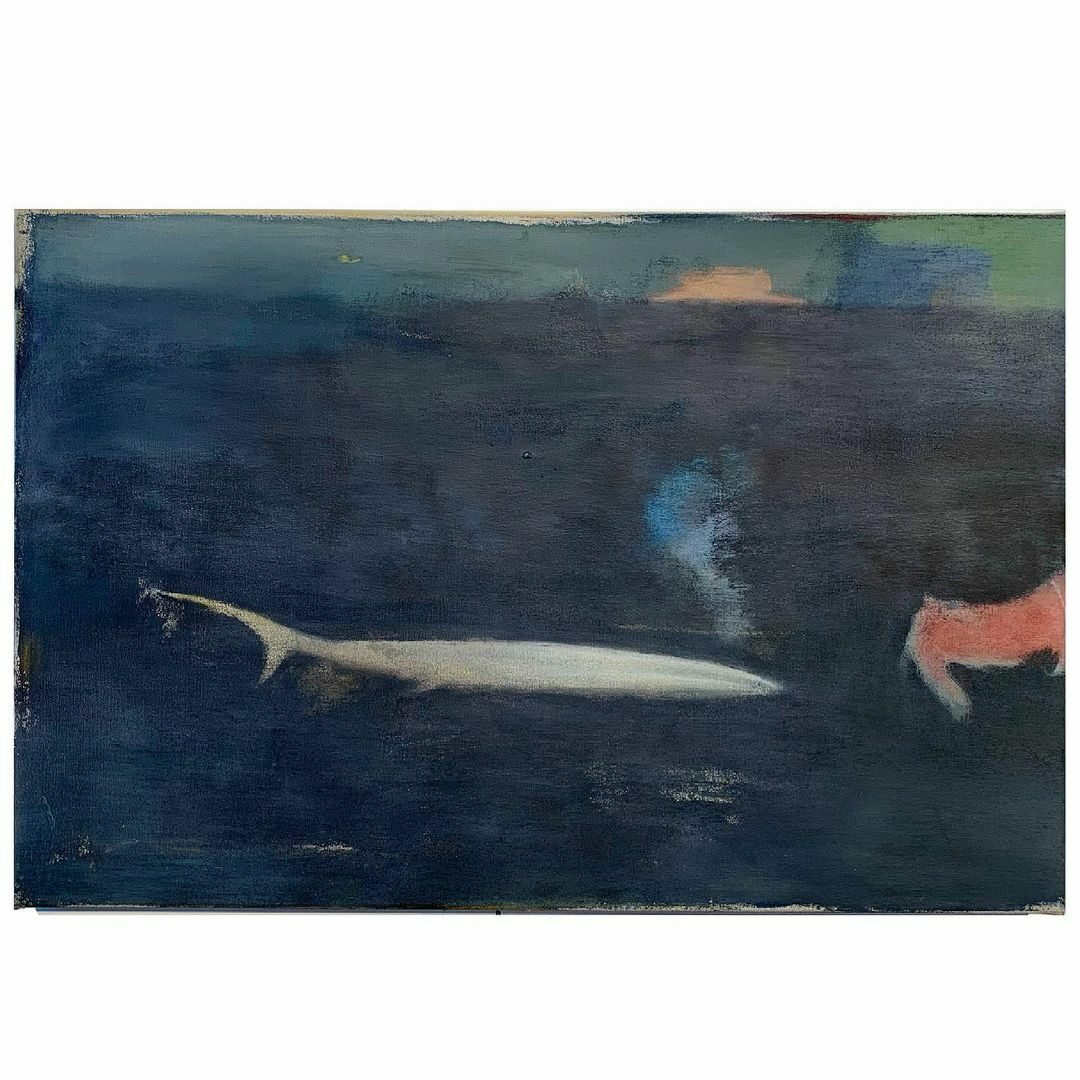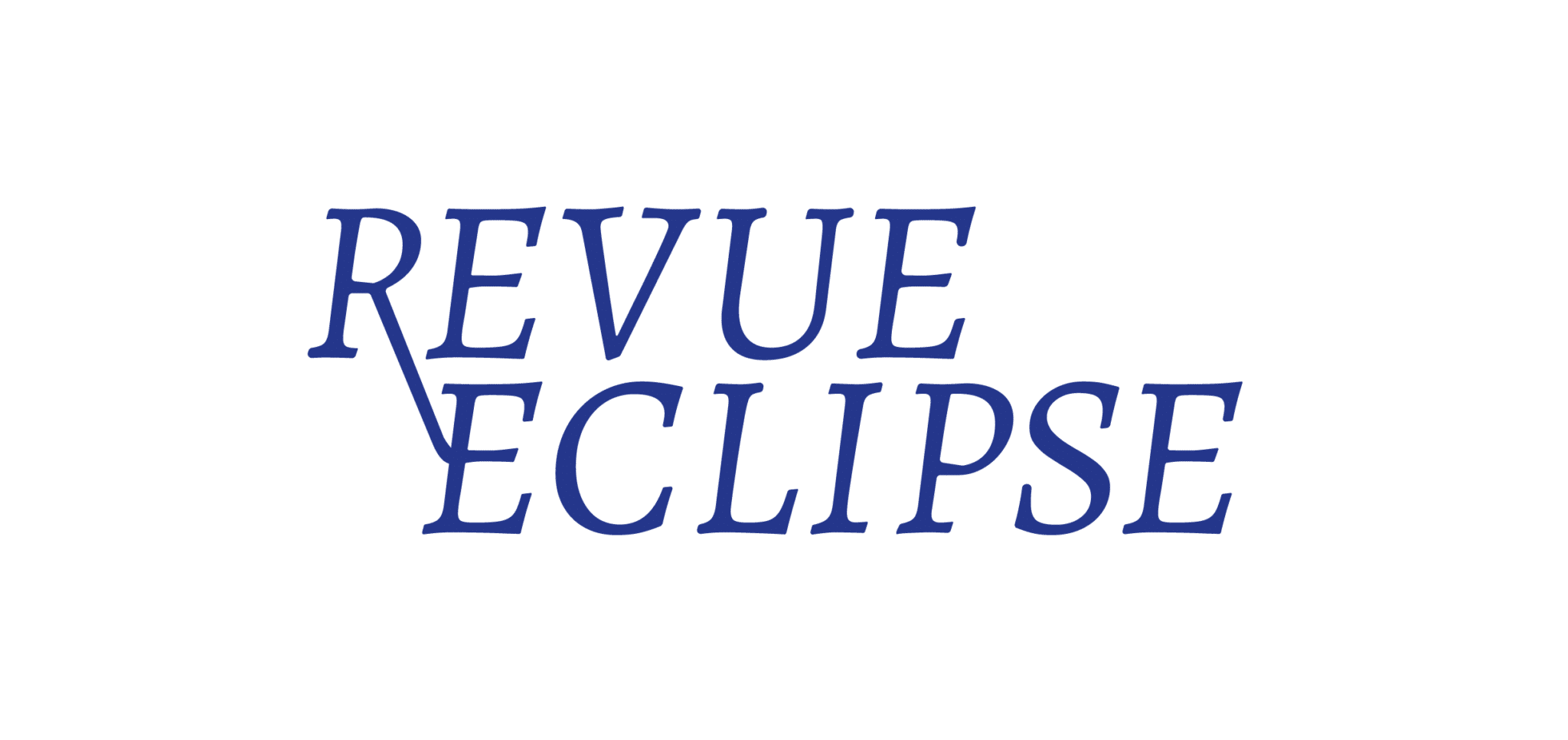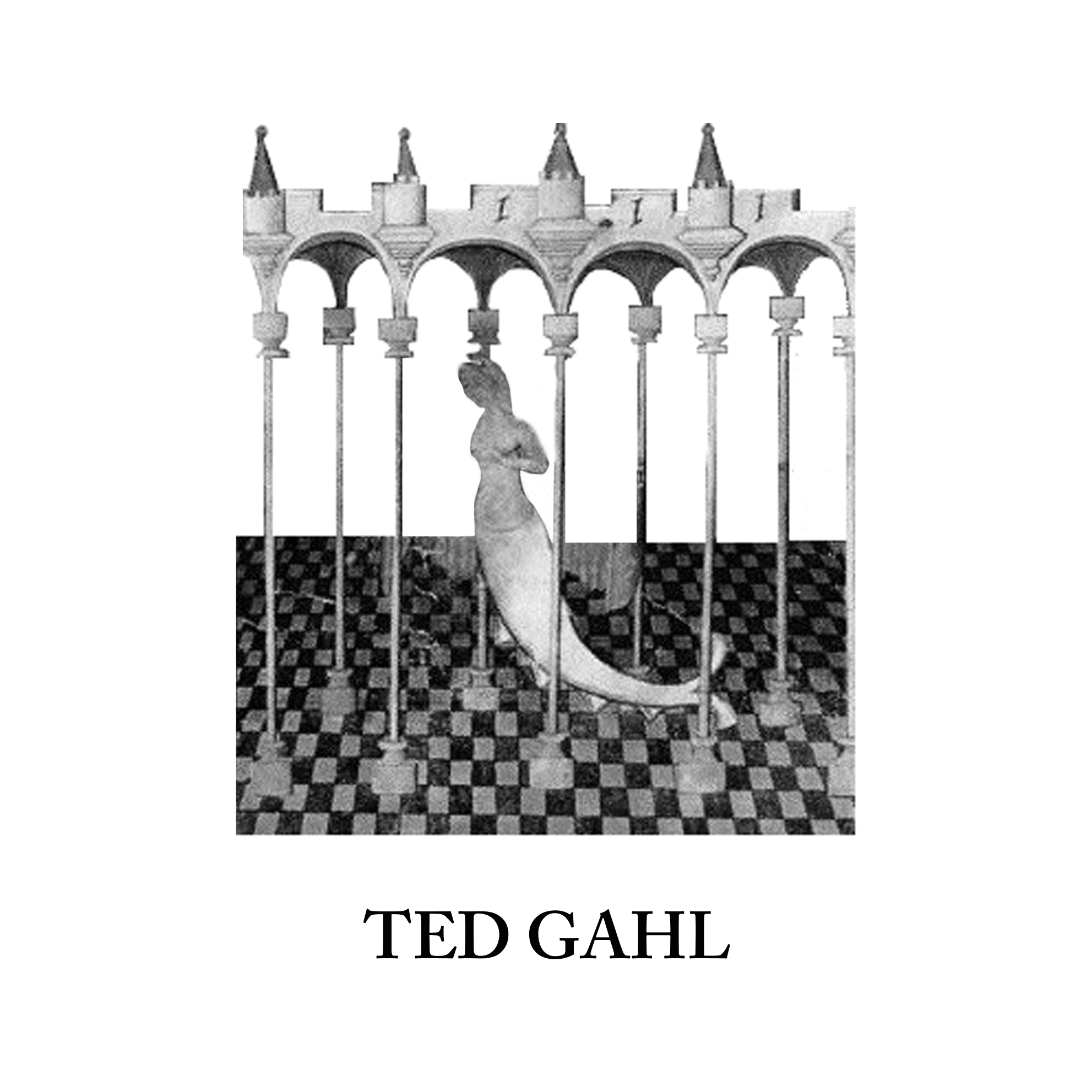
TED GAHL

Ted Gahl was born in 1983, he lives and works in Connecticut.
His artworks depicts a sub-cousciouss dreamy-like personal imagery, in a hazy and paradoxical humorous melancholy.
1. What are your main inspirations from the art world ?
I think my main inspiration from the art world, is to strangely not get involved or focus on it too much. With the phone and social media, it can be easy to spend a majority of your time focusing on what other people are doing, and what other galleries and shows you aren’t getting to be a part of. The larger art world I look at these days seems to be primarily interested in money and selling products, over supporting quality or thought provoking work, especially in the United States.
I stay in consistent contact with a handful of peers that are very helpful. I think it is difficult but important to cultivate a smaller art world, or worlds, that you can be a part of that are invigorating or inspiring, even if it’s only a handful of people.
I think my wife is my biggest inspiration when it comes to navigating the art world. She is an incredibly good listener and very pragmatic when it comes to this part of my life. I technically met her through the so-called “art world”, so I think that counts.
2. Are there writers, philosophers or musicians that inspire you as well ?
My life is very music heavy. I start my day with jazz, usually Bill Evans Trio.
My most visited playlists are Grateful Dead, PJ Harvey, and a plethora of rap music. Music in the car and studio is a must for me. I’m constantly energized and inspired by music of all kinds. I like how Fran Lebowitz described music as “a drug that can’t kill you.”
I like non-fiction lately. The last two books I read were about social media, focusing on data harvesting, and the creation of “surveillance capitalism”, an approach to the online marketplace that businesswoman Sheryl Sandberg employed at Google and then brought to Facebook.
I also enjoy the travel/adventure genre, usually involving true stories of expeditions gone awry.
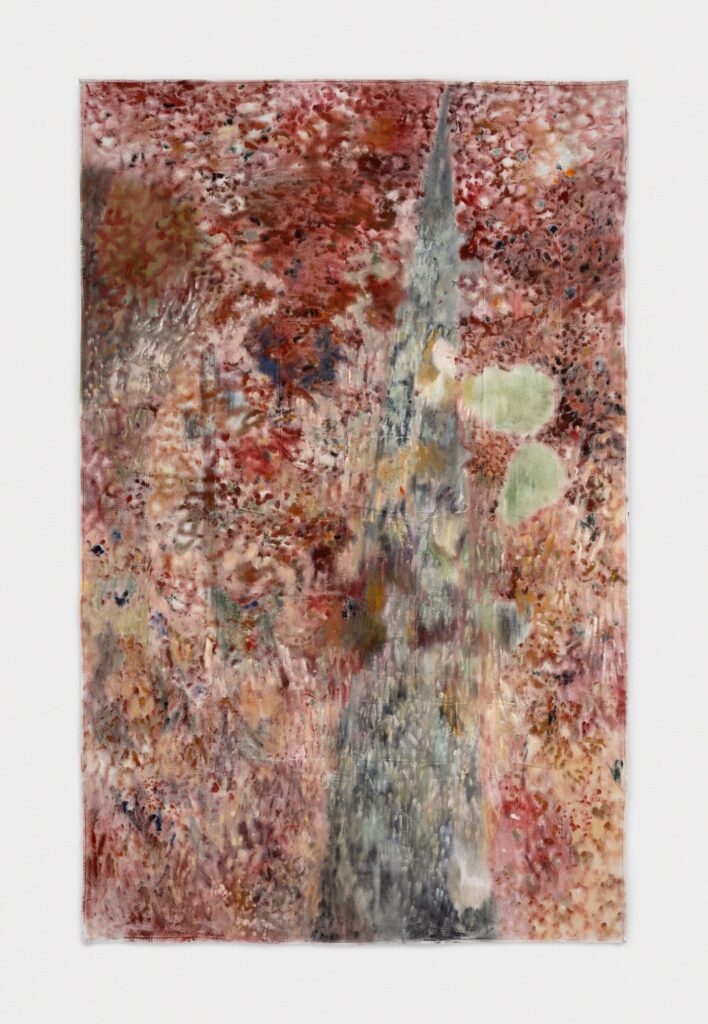
3. How does the idea of a painting comes to your mind ? Do you start from a theme, a color, a composition, a reference ?
I go off of very loosely made drawings, but lately I have been just laying down color and letting the painting kind of lead me to it. I think for me personally, although a poor professional decision, I like to get lost and tangled and frustrated with paintings as I push and pull them. I have to sculpt them into something, and for a lot of the time I’m making it, I’m not sure what that is. This process takes me longer, but it gives me a ride to go on. I refuse to not find fun in this as I get older.
4. Memories seem to be central in your works as well as a soft but omnipresent melancholy, how could you describe your relationship to your memories in your personal life and how they influence your works ?
I actually have a spotty memory, so I don’t think I’m pulling actual bits and pieces of images of the past, like the way some people use old photos etc. But I do think that the places I spent time, and some of the people I was around, definitely seep into the paintings. My mother’s best friend died a tragic death, and a lot of imagery of her has been in some recent paintings. My grandmother had art in her home that was very much an influence on the work I make. So I think maybe people and places of the past play a major role, as opposed to specific occurrences or anecdotes.
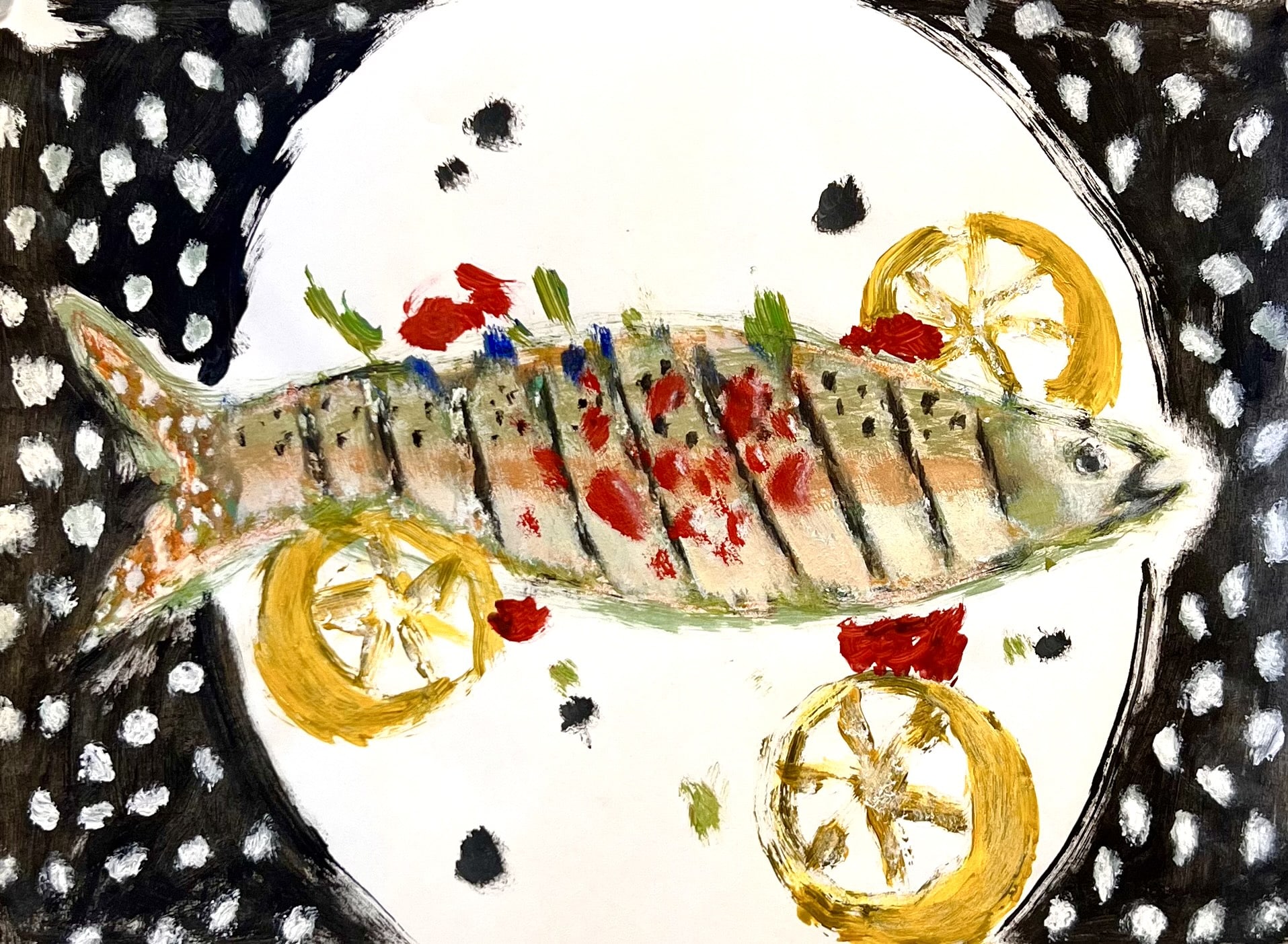
5. Your works contain a multitude of hazy figures, objects, and shapes, are they thought of as precise symbols or employed rather as atmospheric or moody conveyors ?
I think I do my best to have these elements function somewhere in the middle. A lot of indications of a body or figure are sometimes not far off from the shapes and spaces that form around it. Other times, a figure is very obvious and more chiseled to be a blatant representation of a person. I think a lot of my interest in the paintings I make is within this window, kind of adding and subtracting to these images and controlling where they line up in this way. I like that my work has been described as a blend of figuration and abstraction, I am content with that association. I feel like I give myself a lot of freedom in my work to approach figures and imagery both precisely, as well as more atmospherically and abstract.
6. Your paintings rarely depict contemporary elements; they seem to take place in a timeless era. Is it intentional?
When I see contemporary paintings that employ images like smart phones and energy drinks, I get turned off. I feel like it is a contrived way to stamp the date on a painting in hopes that it will in some way become valid in an institutional setting, and it often seems to work. I don’t find current consumer culture, or much about current culture in general, to be very timeless or romantic. I want my work to be slippery, and I don’t want people down the road to see one of my paintings and immediately go “oh that’s from 2021.” I make the work I make because I want it to be in dialogue with art history, talking about the colors used in certain points of art history, etc. The fact that it is being made in 2023 makes it contemporary regardless, so I don’t worry about not having these easy signifiers of the timeframe.
More and more I tend to stick to a mantra that my dad used to say makes a good painting: “Who are these people, and what are they doing?” Depicting figures in environments in pictures is all at once timeless, contemporary, and universal.
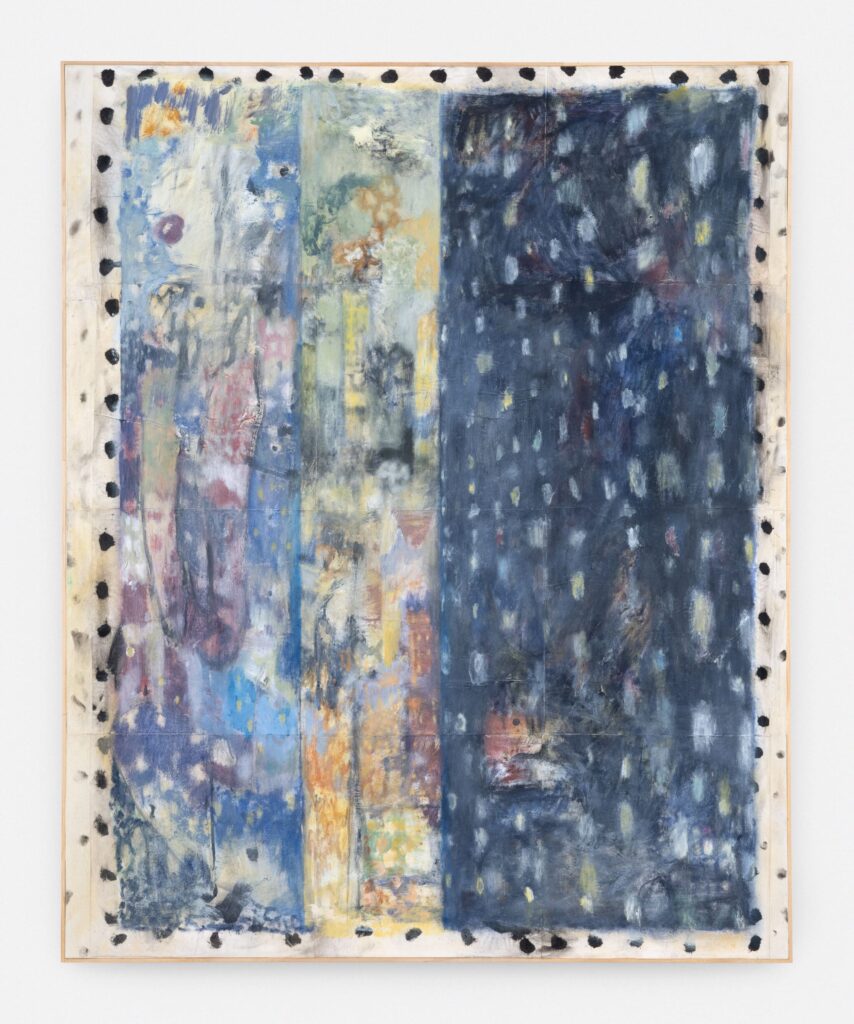
7. There is a strong presence of the seasons and their variability, natural elements such as the moon, and also a variation of life and death, as if the paintings depicted fundamental natural cycles at different momentum. How do you apprehend these ?
I think living on the East Coast your entire life, your geographical background, has a big influence on your art making. Having the seasons is a gift and a curse. There is so much beauty to be pulled from each. The transitions are a reminder of time, and to me a huge memory trigger of your routines and schedules of the past, which as you get older, can be hard.
My palettes without a doubt change with the seasons. I can look through shows and bodies of work and tell when they were made during the year. I appreciate your insights in this question, I really like that you have these reads. I don’t think what you are explaining can be something you just stick or force into a painting, its more of a mood or an aura, so to me that is very flattering.
8. The pallet used in most of your works seems autumnal; you often employ Moroccan pigments but also acrylic, pencils and graphite. Could you tell us more about your chromatic choices ?
I’ve just always been more attracted to an earthier, more subdued palette. Per Kirkeby has always been a big influence, and he actually talked about being less successful than his peers because of his muddier, more nature-influenced palettes. I like how stubborn he was about using his colors, regardless. I think it comes down to a matter of what you want to see, what you would want to live with. I’ve never understood the draw of primary colors, neon colors, out of the tube colors, in paintings. But these days a lot of the most popular work is what looks best and flattest on the phone, and you see this proliferation in the use of airbrush, Flashe paint, sign paint, etc. It has been fascinating to watch the shift of people losing interest in surface, as many people aren’t going to see actual paintings in person anymore. But for an upcoming show, I’m trying to let in a little more color, it’s hard. Regardless of actual colors, I just always want my work to look a bit aged or weathered, not shiny and new.
Basically, if I was picking out a new car, I would want a hunter green or grey car, not a yellow car.
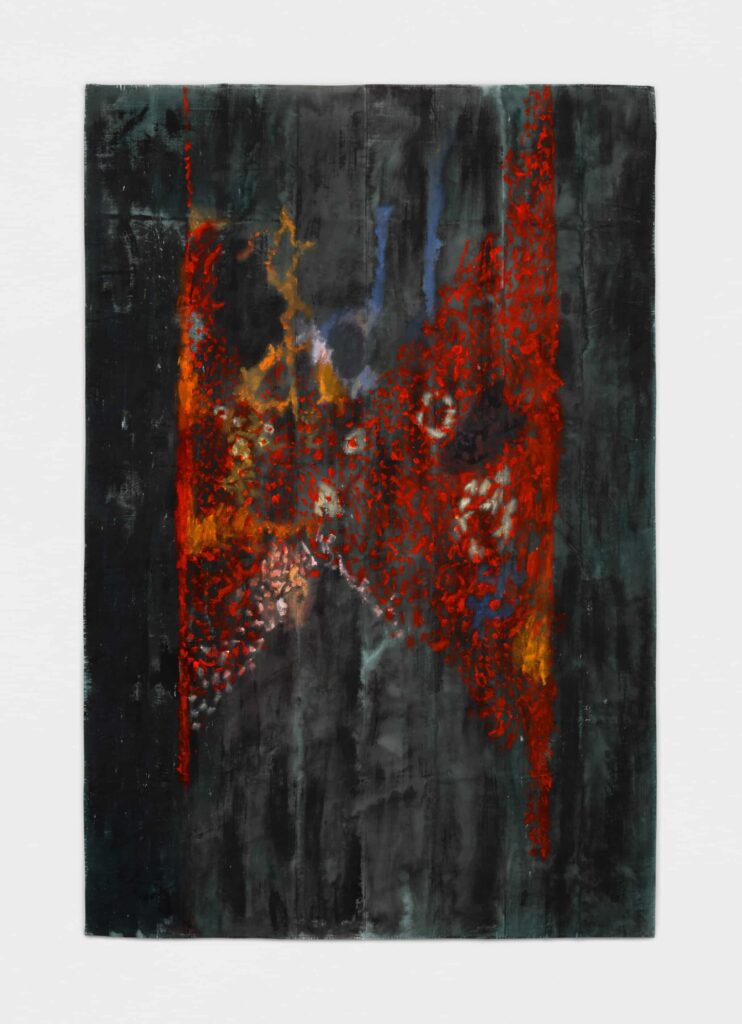
9. Tell us about a typical day of your work ?
I’m jealous of these go-getter types that get up at 6 am. I don’t do that, I get up at like 10 and usually get to studio by 11. I usually stay there and drink coffee and make paintings until about 5. Sometimes I will get to studio a bit earlier if my wife is driving. I associate getting up early with having to go to high school, so I think I avoid it as much as I can. I used to be much more of a studio rat, staying until all hours of the night. But a big part of that involved drinking, which I don’t do anymore. I work less hours now, but work more methodically and make more considered decisions.
10. Do you have any future or actual projects to share with us?
I’m excited to be in a group show in London in June which will consist of contemporary works in dialogue with historical works by Francis Picabia. In the fall, I’m looking forward to my second solo exhibition in London with MAMOTH.
Thanks for having me 🙂
